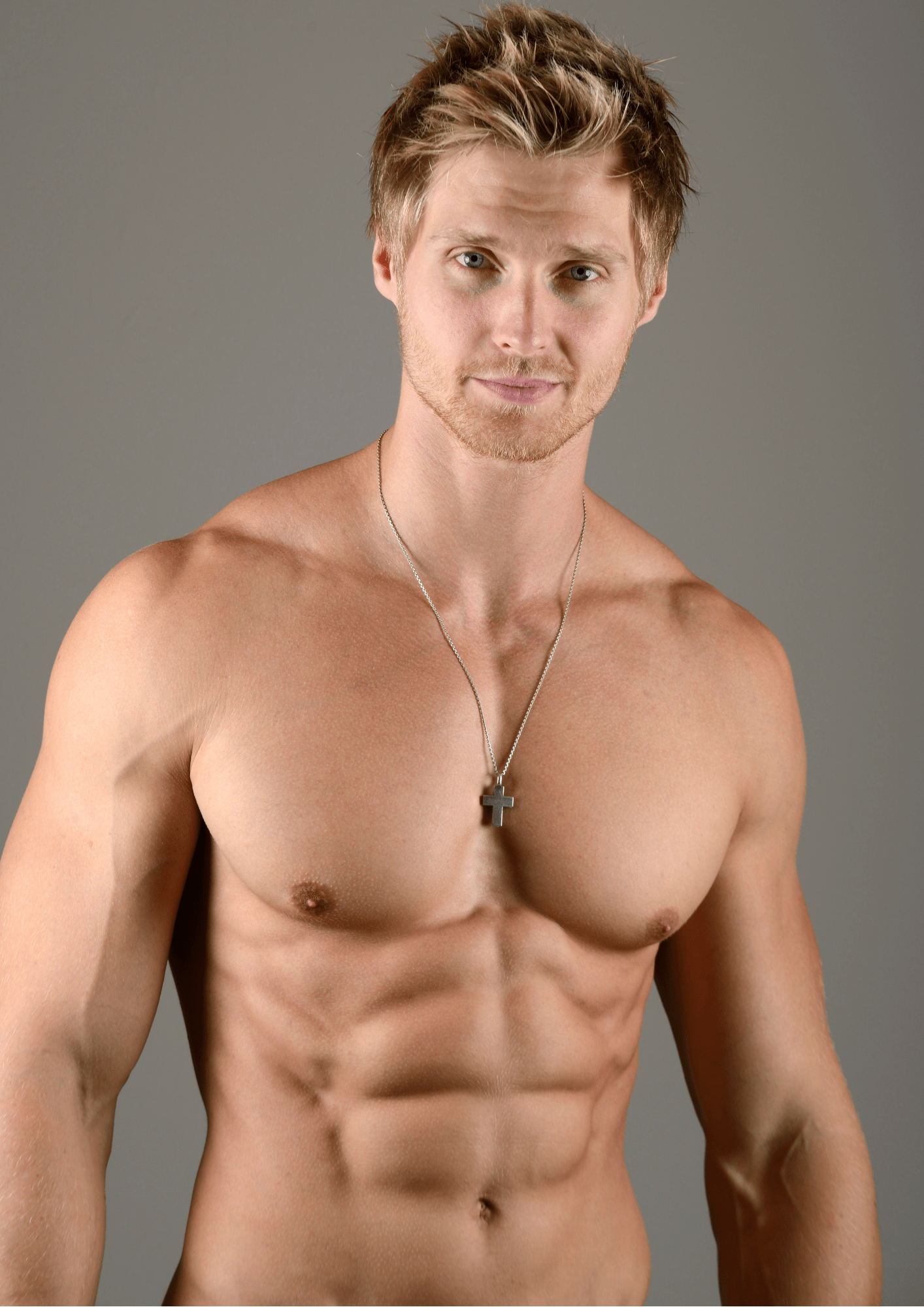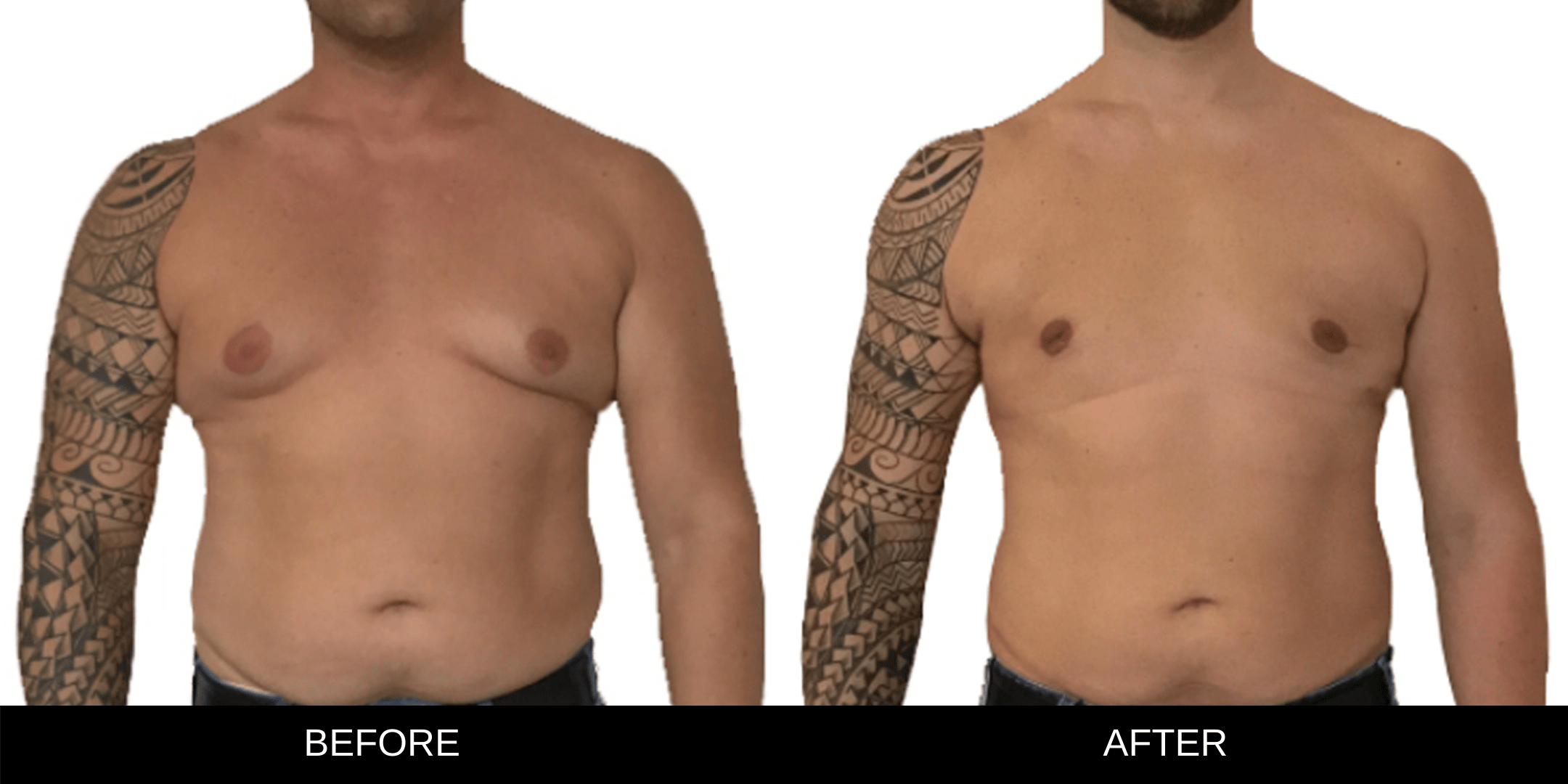
What is gynaecomastia?
When there are too many mammary glands or there is too much fatty tissue present in men, it can result in a bothersome problem: the formation of breasts. This formation of breasts is visible in young males, mainly during puberty, but can also disappear naturally. The circulation of certain female hormones in the male body can cause breasts to form. These hormones are also present in males during puberty. Luckily there are advanced techniques to treat gynaecomastia (breast formation).
The fatty tissue is removed using liposuction or liposculpture, and the excess of glandular tissue is surgically removed. Of course, the treatment can be a combination of both.
What are the advantages of this treatment?
- You can wear what you want again
- No more painful symptoms
- No more ‘man boobs’
- Free and non-binding advice
Who is a suitable candidate for a gynaecomastia?
You are a good candidate for the treatment for gynaecomastia when you have breast formation that does not suit your body type. You may also suffer symptoms when you wear, for example, braces or a rucksack. In addition to having excess skin, you may also have fat or glandular tissue which can also cause painful symptoms.
GYNAECOMASTIA BEFORE AND AFTER
How is the treatment done?
First, the surgeon will take photos for in your medical file. Subsequently, he will draw out the area to be treated, indicating where the incisions need to be made. The surgery can be done under a local anaesthetic or, should you prefer, under a general anaesthetic. The type of anaesthetic used depends on the kind of gynaecomastia performed and the severity of the problem.
Is there an overly present (mammary) gland disc with little fatty tissue, then the removal of the glandular disc is often enough. The disc is removed by making an incision along the lower part of the areola. A small amount of the glandular tissue is left under the nipple, to prevent any dents from forming.
When performing a gynaecomastia with excess fatty tissue, and without an excess of glandular tissue present, then liposuction is the most appropriate method.
When dealing with the most common form of gynaecomastia – breast tissue, with both an overly present (mammary) gland disc and an excess of ‘fatty’ breast tissue, a combination of treatments is appropriate, namely the removal of the glandular disc and liposuction.

CONSULTATION
VIEW OUR PACKAGES
